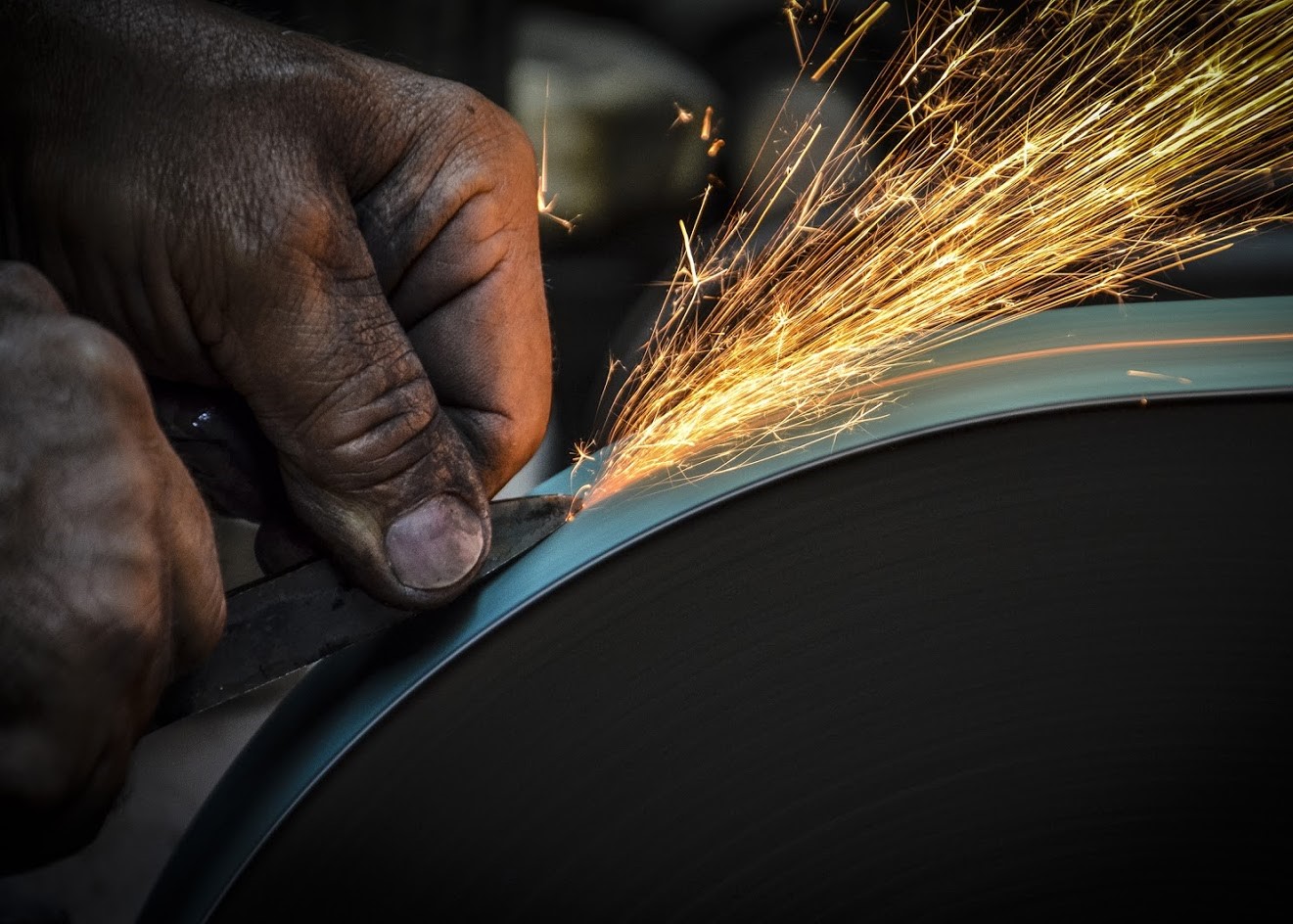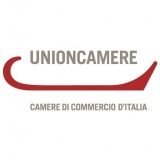
Frosolone was already a renowned centre of excellence for the production of cutting implements during the time of the Kingdom of Naples. The centre developed when Charles of Bourbon, King of the Two Sicilies, decided to establish an industrial basis in his kingdom, promoting the reorganisation of foundries and armaments. Forced to convert their production, the craftsmen opted for domestic cutlery and began to artistically decorate these types of utensils.
Within a short space of time, the steel working industry flourished and its products were exported outside of the region and to the whole of Europe. However, the origins of the art of forging in Frosolone are far more ancient. Some sources trace this ancient tradition to the 6th century AD, when the Lombards, a notoriously militarised people, arrived in southern Italy.
Towards the end of the 19th century, this manufacturing activity provided employment for hundreds of people and about eighty workshops were still in production in the first half of the 20th century. Frosolone is still an important and well-known centre of production today, due to the presence of a large number of steel working companies that have brought innovations to the tradition. Scissors, knives, scalpels, sabres and cutting tools are produced in the factories and workshops for export all over the world.
The Knives
There are many stages in the manufacture of scissors and knives in the workshops, where innovative tools and machines are now used in conjunction with traditional skilled artistic production processes. After forging, the scissors are in a rough form of their final shape and require further processes including sharpening, chrome plating, finishing and, finally, assembly.
For the knives, once the steel strip has been cut, the shearing process then produces blades and springs of different shapes and sizes. This is followed by drilling, tempering of the blades and springs, and then grinding and sharpening. The blades are then inserted in horn handles.
The local area
Isernia, originally a strategic Samnite centre, then a Roman city, and now capital of the province of the same name, rests on a ridge between two rivers and is sheltered by the Matese and Mainarde mountains.The clicking bobbins of lace makers at work can often be heard among the narrow streets and squares branching off from its main street.
Anecdotes
One admirer of the craftsmen of Frosolone was Benedetto Croce, who stated that the best razors in London were those “imported from Frosolone, Molise, whose fame goes beyond the borders of the Kingdom of Naples to compete with those of Toledo and Sheffield”.
Frosolone is also home to the Museum of Knives, a historical collection of hundreds of items of historical value donated by enthusiasts and the heirs of the leading scissor and knife manufacturers of the last century. The Market-Exhibition of Knives and Scissors is held each August in the alleyways of the historical centre, in the same buildings where the craftsmen’s workshops were once located.
By Camera di Commercio di Isernia



